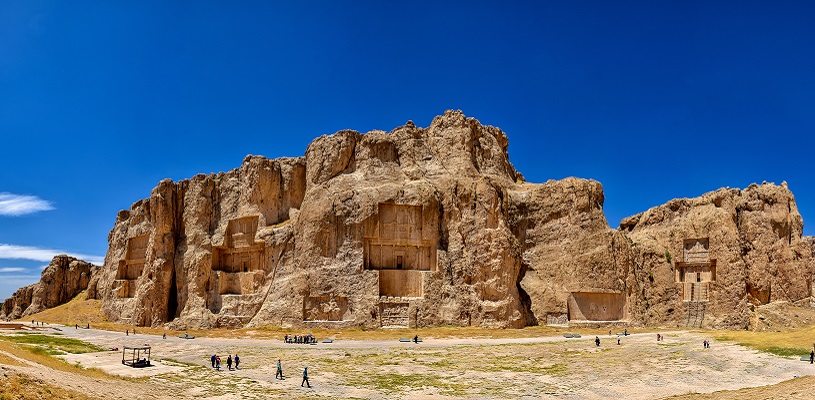
Naqsh-e Rostam (Necropolis) | Shiraz, Fars, Iran
Not far from Shiraz and the majestic Persepolis you can find Naqsh-e Rostam, another priceless memento of ancient Persia. Speaking of the beliefs, artistry and elegance of its creators, this elegantly carved cliff includes tombs of great Achaemenid kings, Sassanid rock reliefs portraying imperial scenes, and inscriptions that shed light on ancient history. Join me on this blog and let me show you the secrets of this ancient necropolis.
Contents
- 1 Why Visit Naqsh-e Rostam?
- 2 The Story of Naqsh-e Rostam
- 3 How Naqsh-e Rostam Looks
- 4 The Mystery of the Elamite Relief – Naqsh e Rostam
- 5 Naqsh-e Rostam Iran – Kaaba of Zoroaster
- 6 More About Naqsh-e Rostam, Iran – Necropolis Shiraz
- 7 Like to Visit Naqsh-e Rostam?
- 8 Naqsh-e Rostam Tours
- 9 Naqsh-e Rostam (Iran Ancient Necropolis) on Map
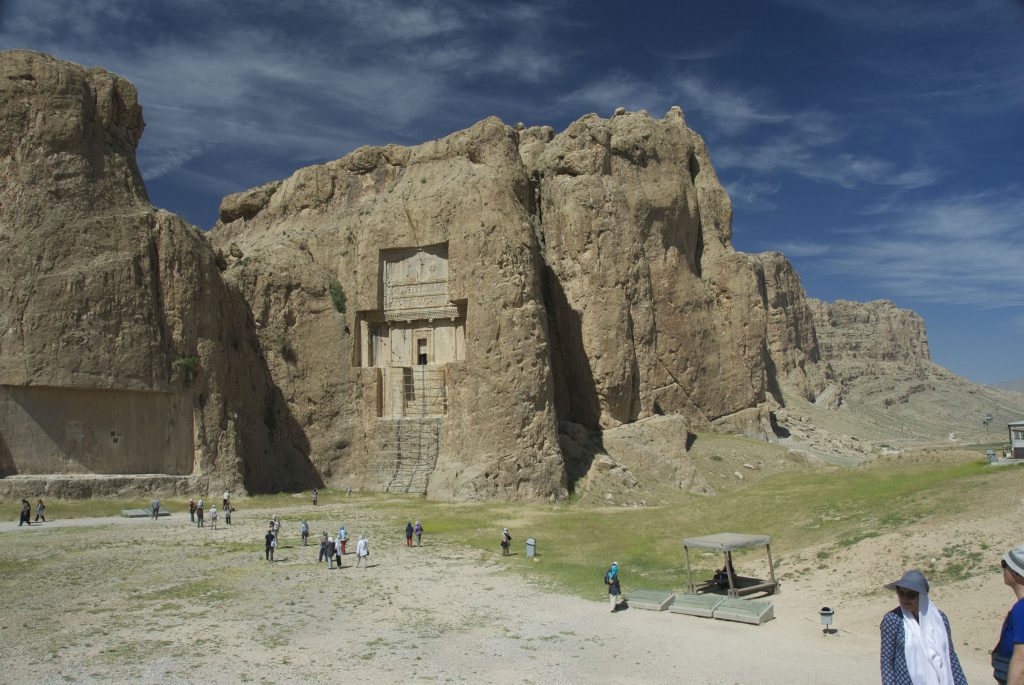
Naqsh-e Rostam photo
Why Visit Naqsh-e Rostam?
- It is one of the most significant heritages left from ancient Persia
- It stands for the glory of Persia’s 3 ancient empires
- 3000-year old relics can be found in the site
- The structure showcases the art and craftsmanship of the Achaemenids and Sassanids
- It presents an elegant version of the world’s amazing cliff tombs
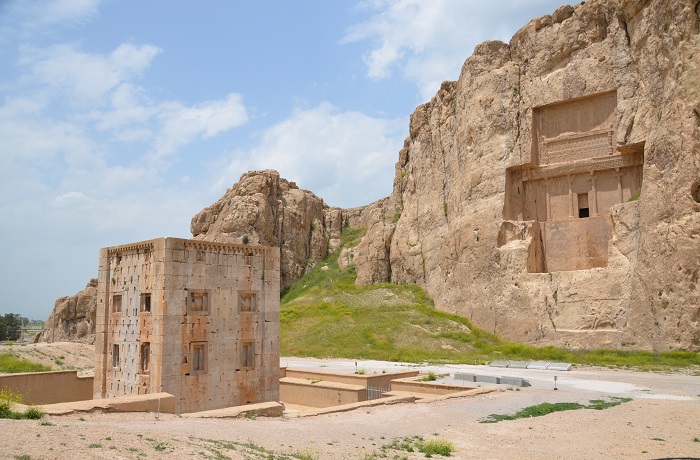
Naqsh e Rostam
The Story of Naqsh-e Rostam
The history of Naghsh-e Rostam is long and amazing. It is reminiscent of Iran’s 3 glorious eras: Elamite, Achaemenian and Sassanian. The cliff already included a rock relief from Elamite period when Achaemenids considered it a holy place and made it the eternal resting place of a couple of their kings. Fascinated by their glorious role models, the Sassanid kings also contributed to the elegance of the cliff by adding rock reliefs depicting momentous events of their time. From right to left (east to west), the 4 tombs hewn in the heart of the cliff are arguably believed to be those of Xerxes I, Darius I, Artaxerxes I and Darius II. Whether the bodies were directly put in the stone coffins or the bones were recovered from the top of a tower of silence is unclear. Yet what is known is that Darius I ordered the construction of the first sepulcher on the site: his own.
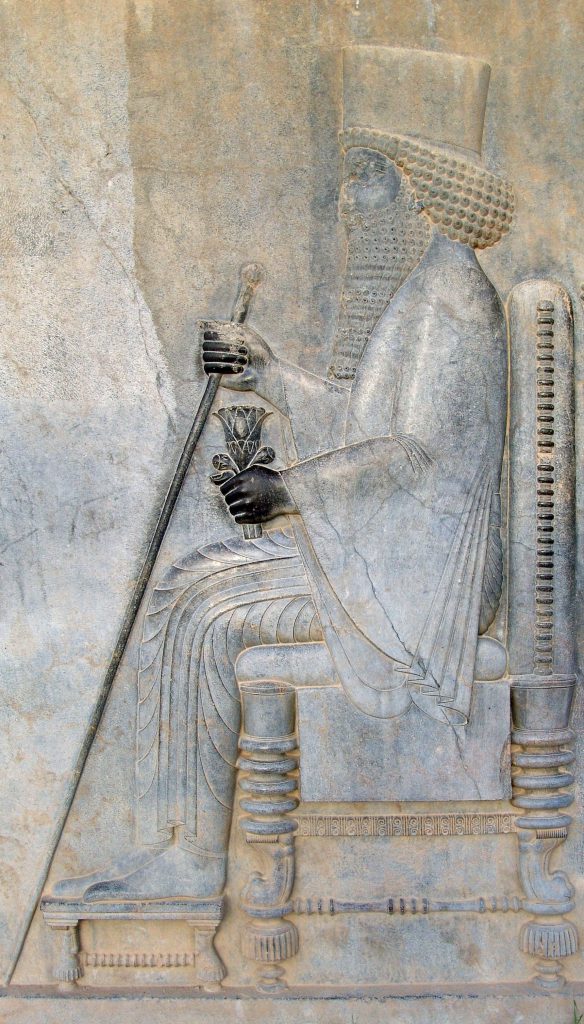
Relief of Darius I in Persepolis photo
Also cut on the face of the cliff are a few Sassanid stone reliefs (3rd to early 4th century AD) and an Elamite relief (1000 BC) that is much faded and damaged. Believed to have served as a ceremonial center for the Sassanids until 7th century AD, Naqsh-e Rostam also includes a cubical structure called the Kaaba of Zoroaster. Speculated to have been built in Zoroastrian era as a treasure house, a sepulcher, or a place of religious functioning like a fire temple or a library for keeping holy books, the ancient building sheltered 3 well-preserved inscriptions.

Naqsh e Rostam – Kaaba of Zoroaster photo
How Naqsh-e Rostam Looks
Just IMPRESSIVE! The majestic look of necropolises and reliefs beautifully carved out of a grand cliff will not miss to impress you! High above the ground, at the center of each Chalipa (Persian cross) is an entrance to a chamber that shelters a great king’s stone coffin. Only one of the 4 tombs is explicitly identified by the inscription and rock relief that accompany it, that of Darius I. The relief pictures Darius I standing on a platform raising his hands in worship of Ahura Mazda (highest God of Zoroastrianism). The autobiographic inscription on the top left corner of his tomb refers to the king’s conquests and achievements. Inside this sepulcher, Darius I, his queen and his family are resting in 9 coffins carved out of rock. There is also a fifth unfinished tomb that is speculated to belong to either Artaxerxes III or Darius III.
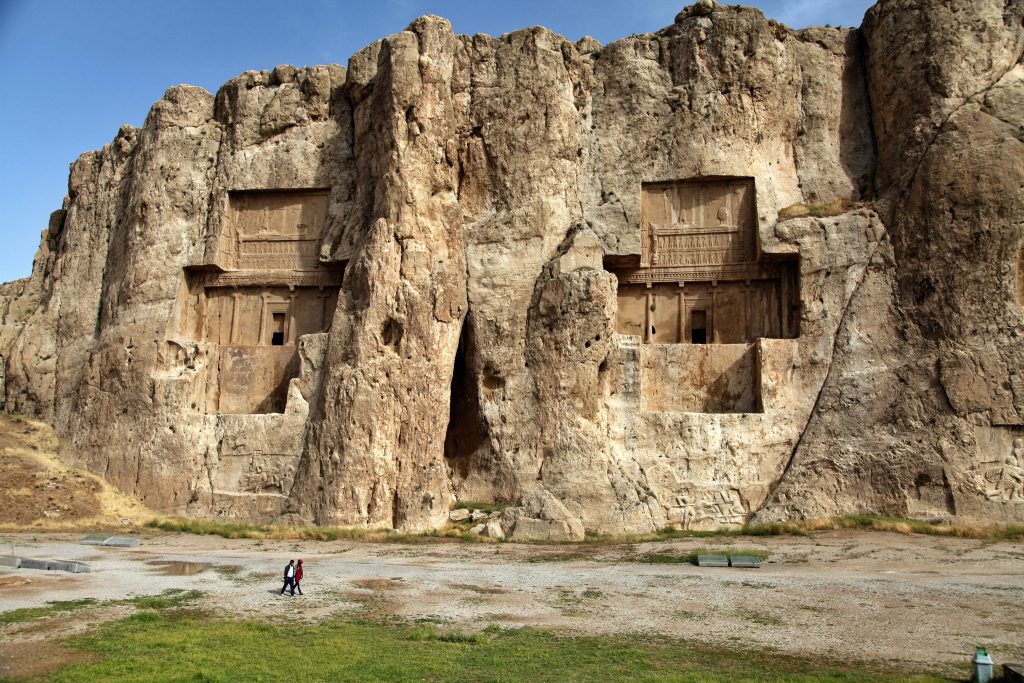
Naqsh-e Rostam Iran
From the 7 rock reliefs hewn on the cliff, 6 are of Sassanid origin. They depict kings standing on thrones, meeting gods, winning imperial battles, or enjoying royal ceremonies. The most famous of these reliefs is one depicting the victory of Shapur I over the Roman emperors Gordian III, Valerian and Philip the Arab at the Battle of Edessa (260 AD). Symbols like arcs (strength), sacred fire, moon (impermanence of the world), 2-headed cows (fertility), roaring lions (courage and monarchy), lotus flower (purity and perfection) can be seen on the reliefs.

Relief of Shapur I capturing Valerian, Naqsh-e Rostam, Iran
The Mystery of the Elamite Relief – Naqsh e Rostam
Elamite in origin, the 7th relief on the cliff is a subject of interest. In Sassanid era, parts of this relief were erased and replaced with illustrations of Bahram II and his courtiers. But parts of the Elamite relief are still visible. On one part, you can see a king and a queen praying to a god and a goddess. On another part, you can see the damaged shape of a man in an unusual garment and pointed hat; a figure locally associated with the mythical hero of Ferdowsi’s Shahnameh, Rostam. This figure might be the reason why the place is called Naqsh-e Rostam (meaning the picture of Rostam).
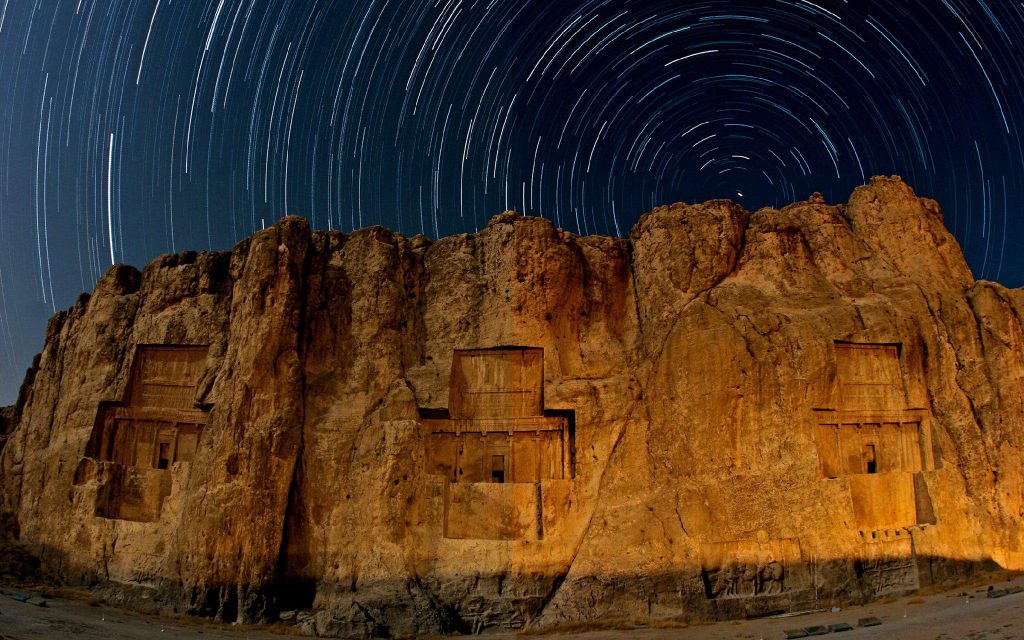
Naqsh-e-Rostam at night photo
Naqsh-e Rostam Iran – Kaaba of Zoroaster
Right in front of the tomb of Darius II you’ll find Bonkhaneh (the main house), a cubical structure made of finely cut white limestone. Because of its similarities with Muslims’ Kaaba, it is commonly known as Kaaba of Zoroaster. Standing on a platform of 3 steps, the building has one single entrance which was accessible by a now half-destroyed staircase in front of it. On the northern, southern and eastern walls of this short tower, 3 inscriptions were added in the time of Sassanid king Shapur I. The inscriptions are in Middle Persian, Greek and Parthian languages, and of high historical value.
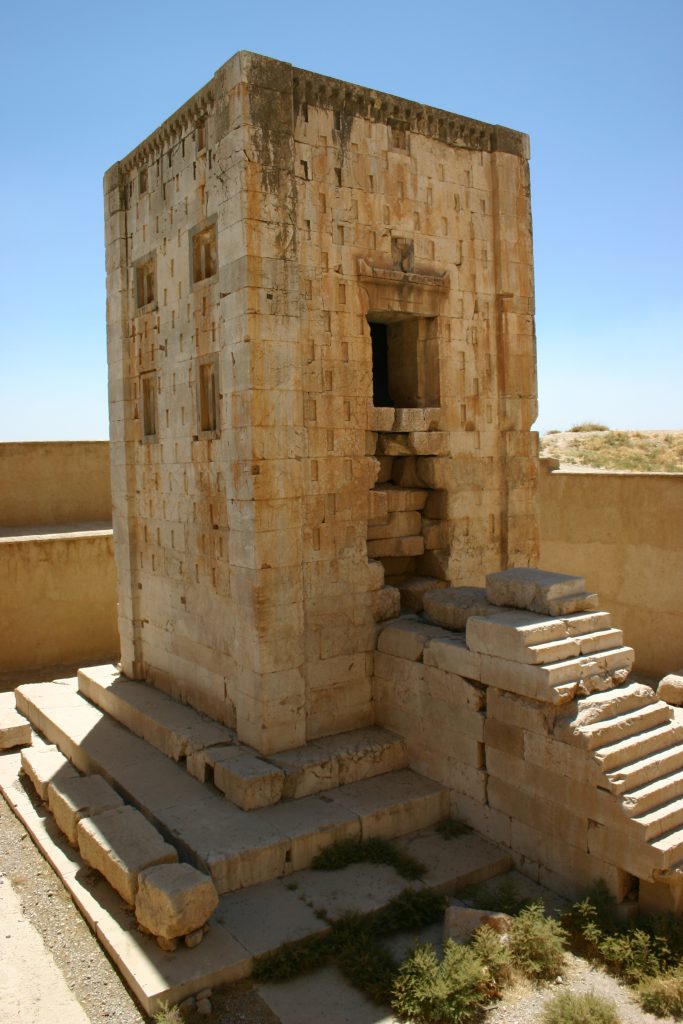
Kaba Zartosht photo – Naqsh e Rostam Iran
More About Naqsh-e Rostam, Iran – Necropolis Shiraz
The Best Season to Visit Naqsh-e Rostam
The ancient necropolis looks just elegant throughout the year. But spring brings a pleasant weather to the region and blesses the cliff with a gorgeous foreground.
Naghshe Rostam Open Hours
Winter- Fall: 8 a.m. to 6 p.m.
Spring- Summer: 7:30 am to 8 pm
Open Days
All days except for some special holidays
The Nearby Attractions
Now that you’ve come this far, don’t miss the 2 other relics of ancient Persia. The best plan for visiting these jewels is starting with the ceremonial capital of Achaemenids at Persepolis (UNESCO), moving on to Naqsh-e Rostam, and finally checking out the tomb of Cyrus the Great at Pasargadae (UNESCO).
Where is Naqsh-e Rostam
The site is located 70 km to the northeast of Shiraz and 12 km to the northwest of Persepolis.
Like to Visit Naqsh-e Rostam?
Three of our Shiraz Excursion Tours make a hassle-free visit of the site possible.
Naqsh-e Rostam (Iran Ancient Necropolis) on Map
Keywords: Naqsh-e Rostam inside, Naqsh-e Rostam photos, Naqsh Rostam, Naqsh-e Rustam Iran, Naqsh-e Rustam inside, Naghsh e Rostam, Necropolis Iran, Naqsh e Rustam Iran

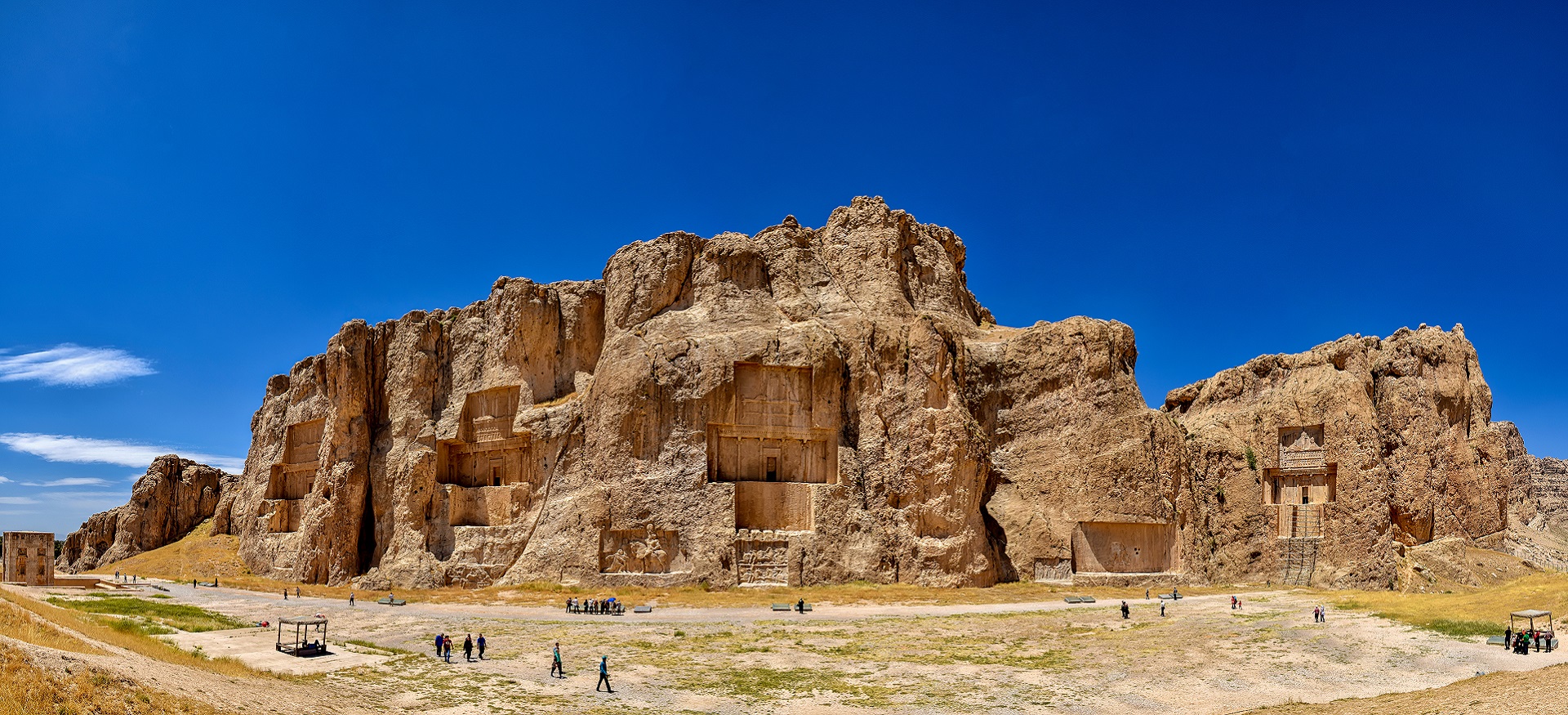
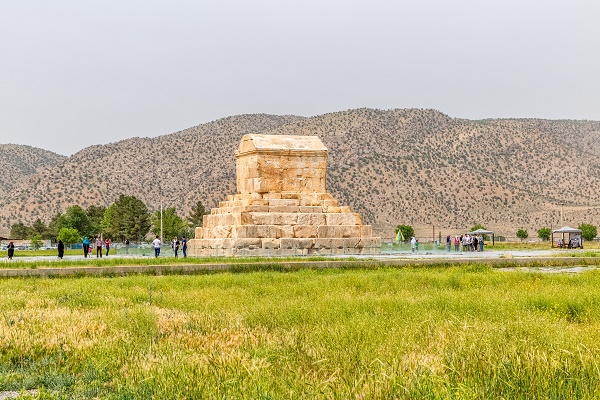
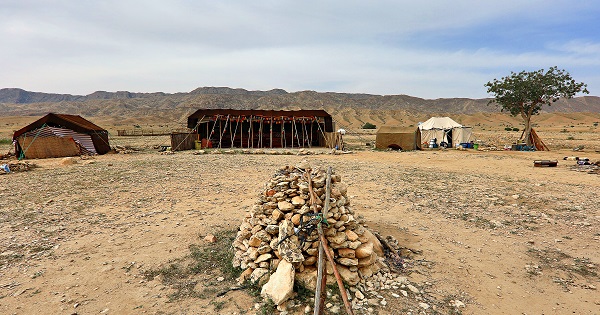

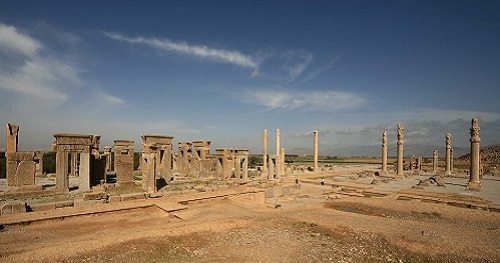
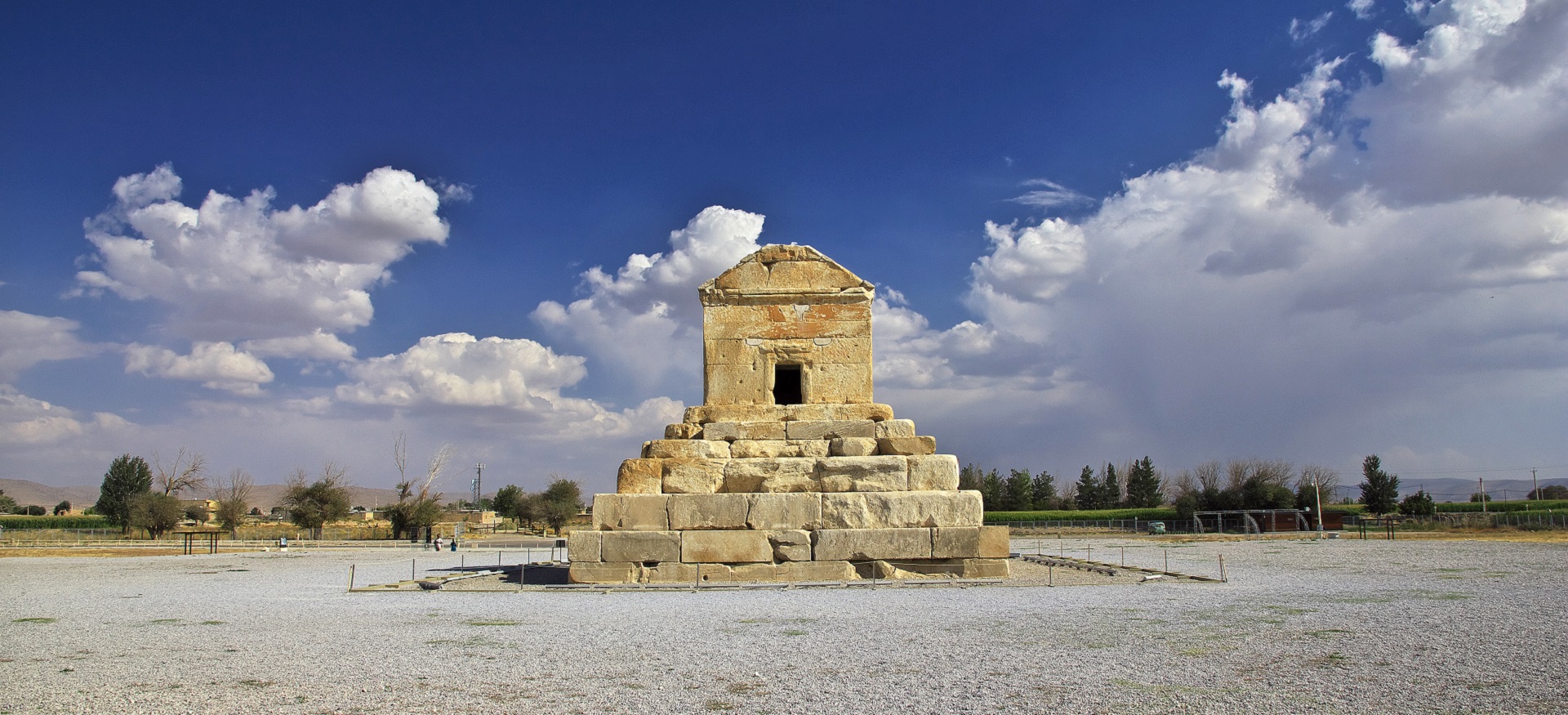

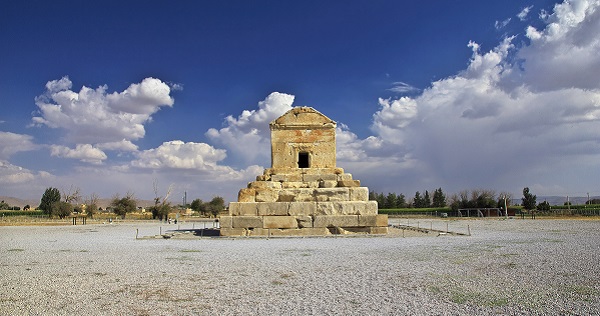
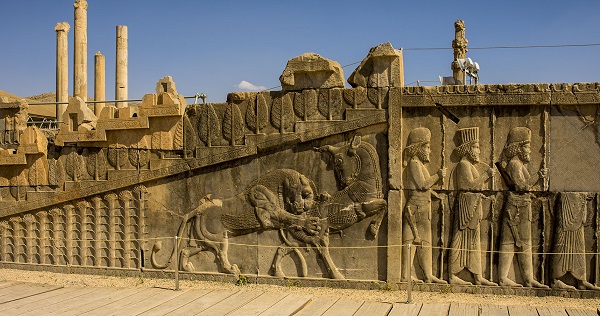


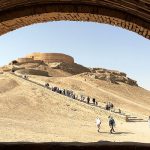

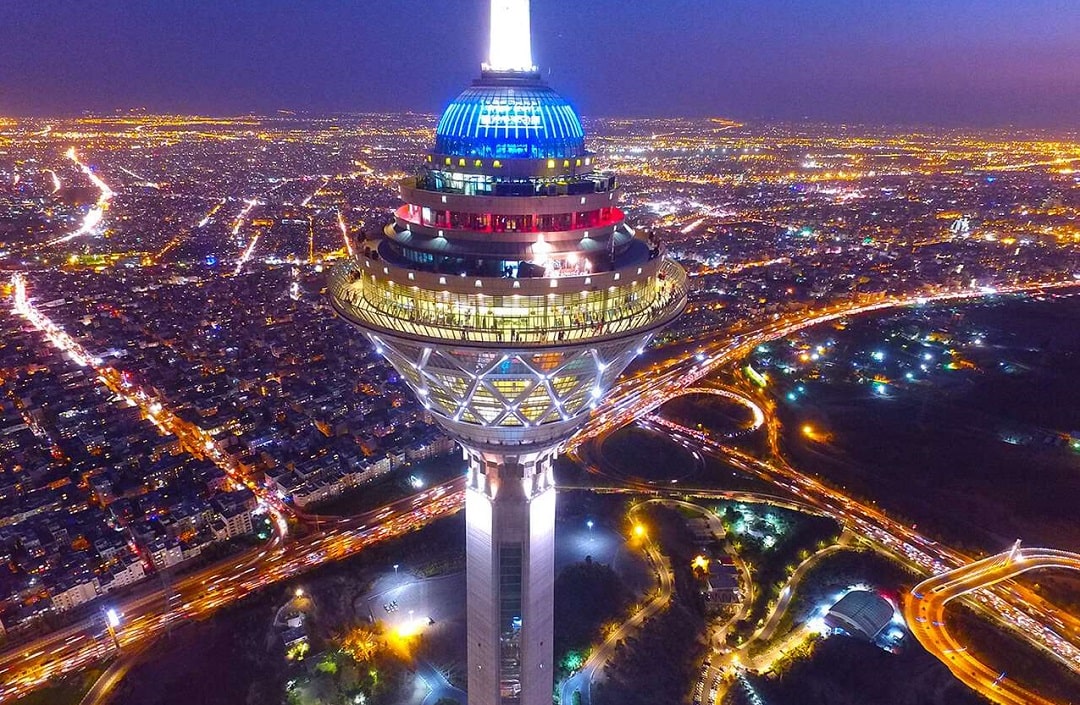
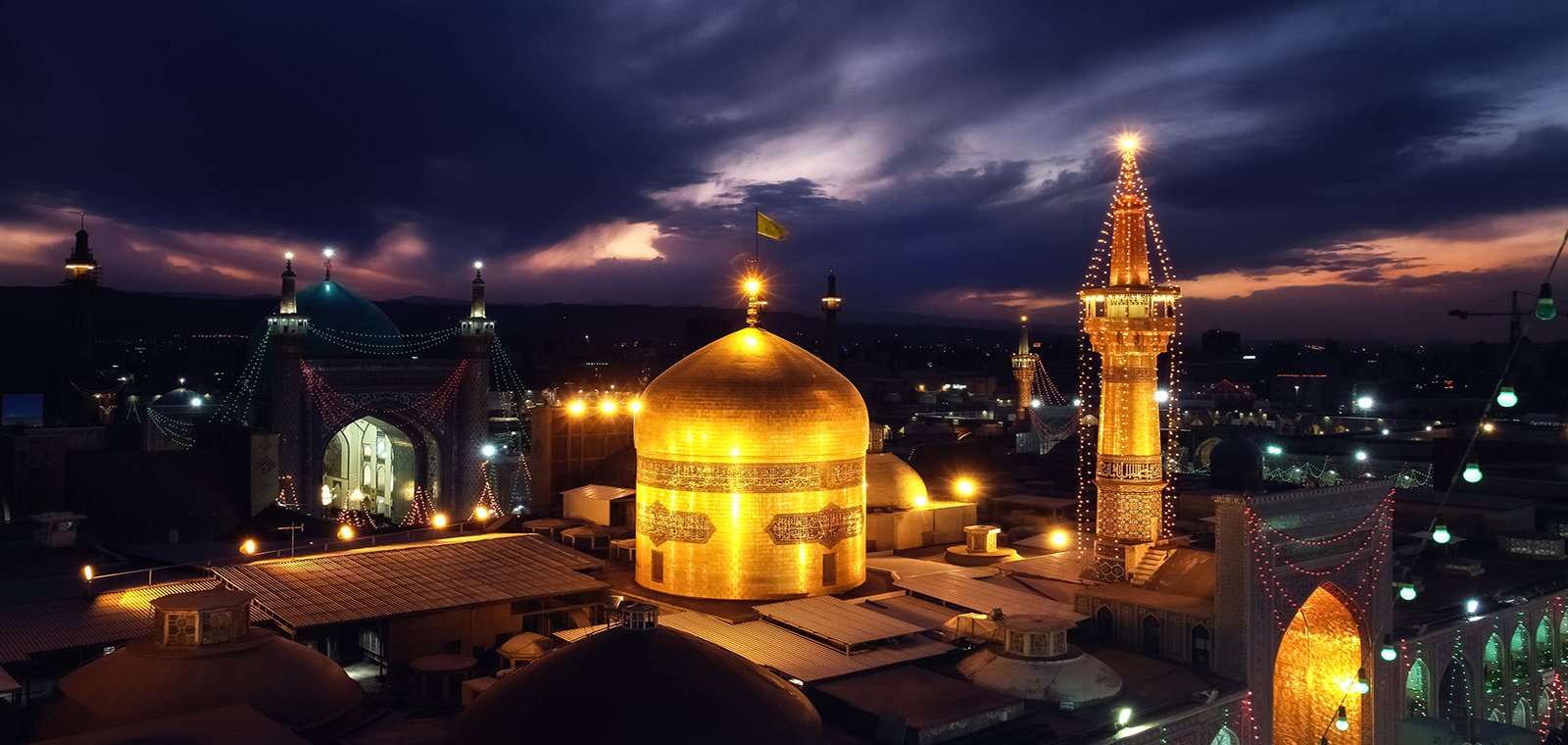
Heya. I hope to get help for tour.